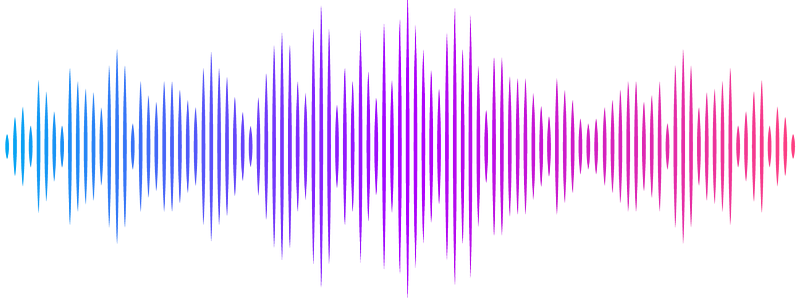Localized Reactivity on Protein as Riemannian Manifolds:A Geometric and Quantum-Informed Basis for Deterministic, Metal-Aware Reactive-Site Prediction

Localized Reactivity on Protein as Riemannian Manifolds:A Geometric and Quantum-Informed Basis for Deterministic, Metal-Aware Reactive-Site Prediction
Park, H.
AbstractWe present a unified framework for protein reactive-site prediction that couples a rigorous geometric, quantum-informed model with a metal-aware, fully deterministic implementation. Proteins are treated as smooth Riemannian manifolds; each residue is equipped with a localized fiber, whose environment vector encodes geometric and physico-chemical features. Motivated by Density Functional Theory - which links global electron density to reactivity - we hypothesize that a sufficiently rich local density stencil captures the same information at the residue scale. On this foundation we build a single-file Python toolkit, reactive site predictor.py, which ranks candidate reactive residues in both metallo- and apo-proteins. The score combines (i) a geometry-based environment term, (ii) relativistic ZORA distance factors for metal centers, (iii) coordination-number and angle-deviation corrections, and (iv) an optional pocket-proximity flag. A fixed global random seed removes all stochastic elements, guaranteeing reproducibility. Benchmarks on three representative assemblies - Rubisco, GroEL, and SecA - achieve top-10 recall between 90 and 50 percent for documented functional residues. While promising, the current validation is limited to three static PDB structures; extension to dynamic ensembles and explicit quantum layers is left to future work. The framework thus offers an interpretable, physics-grounded, and deterministic paradigm for protein-function prediction. Beyond residue-level reactivity, the same manifold-fiber formalism is ultimately intended for purely geometric analysis of protein-protein interfaces: instead of assigning scalar scores, we construct an explicit contact submanifold and study its curvature, topology, and fibre-overlap signatures to deduce interaction logic without additional learning.